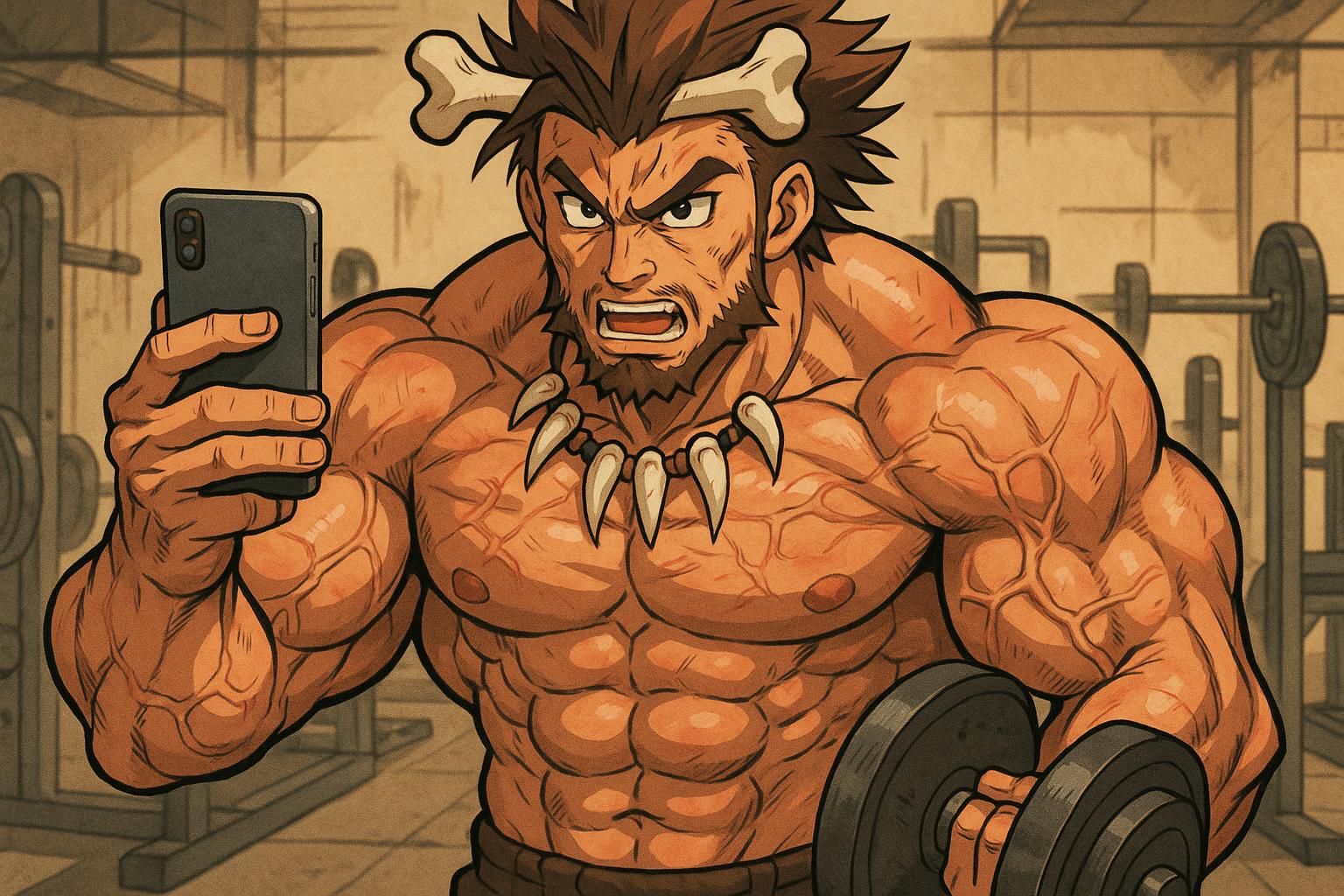The rise of fitness influencers like Brian Johnson, also known as the Liver King, represents a troubling trend in contemporary masculinity, particularly within social media environments. In the Netflix documentary "Untold: The Liver King," viewers are presented with a narrative that transcends mere entertainment; it serves as a cautionary tale about the intersection of performative masculinity and health misinformation in an era where extreme behaviours are celebrated.
Brian Johnson crafted his persona around a philosophy of extreme self-control and “ancestral living,” which included consuming raw organ meat and embracing intense physical workouts. However, the shocking revelation that he was using steroids contradicts his message of naturalism, illuminating the performative aspects of his brand. Johnson’s story is emblematic of a larger phenomenon where social media platforms reward hypermasculinity, steering individuals towards a narrow definition of masculinity often characterised by extreme pain, discipline, and suffering.
Analysis of content from male fitness influencers shows that authority and masculinity are frequently expressed through visible physical prowess and affiliations with fitness brands. Many influencers boast of their personal records or post dramatic transformations, equating their physical accomplishments with moral virtue. This trend has seen the emergence of what can be termed “pseudo-stoicism,” where emotional suppression is falsely portrayed as strength. The rhetoric surrounding fitness has evolved into militaristic slogans that encourage men to treat their lives like a battlefield, with pain as a badge of honour rather than a necessity for overall well-being.
Strava's 2023 Year in Sport report highlights a generational shift in how fitness is perceived. Whereas older generations often exercised primarily for health benefits, younger athletes are increasingly pursuing athletic performance as a primary goal. This has resulted in an uptick in extreme endurance activities such as ultramarathons and hardcore fitness challenges. The report indicates that social media platforms play a significant role in promoting these behaviours, as algorithms tend to favour intense, emotionally charged content that provokes reactions. As a result, influencers often feel compelled to push boundaries further, showcasing increasingly extreme examples of physical hardship in order to maintain visibility and engagement.
Real-life examples, such as Nedd Brockmann’s staggering charitable runs across Australia, reinforce this ideology. Brockmann's efforts not only pushed his limits but were also shared widely, contributing to the spectacle of suffering in fitness culture. This shift towards viewing pain as legitimate proof of commitment is alarming; it raises concerns about mental and physical health impacts, exposing viewers and creators alike to risks such as injury, hormonal imbalance, and psychological decline.
Public health implications are palpable, as social media amplifies these extreme fitness behaviours while simultaneously allowing influencers to profit from them. They not only earn revenue through platform engagement but also from the sale of supplements and fitness gear, constructing an ecosystem that encourages prolonged engagement with health fads and risky behaviours. Young men, in particular, are at risk of absorbing a restrictive definition of masculinity that equates self-worth with physical endurance and pain.
Addressing this issue necessitates a multi-faceted approach. Public health officials need to confront the ideology of digital hypermasculinity that pervades social media. Rather than merely censoring or banning such content, it is crucial to promote alternative narratives that value holistic health and emotional well-being. Initiatives like the Tomorrow Man project aim to provide young men with avenues for community building and healthier discussions about masculinity. The Movember campaign's "Dad in Progress" podcast also offers counter-narratives, guiding men through the complexities of fatherhood and relationships.
In a landscape dominated by extreme content, it is imperative to foster discussions that normalise vulnerability and emotional expression. Without such narratives, young men may find themselves limited to an aspirational vision of self-flagellation, believing that pain and suffering are the only paths to manhood. Only through a balanced representation of masculine ideals can we hope to redirect this trajectory towards healthier, more inclusive interpretations of strength and identity.
Reference Map
Source: Noah Wire Services
